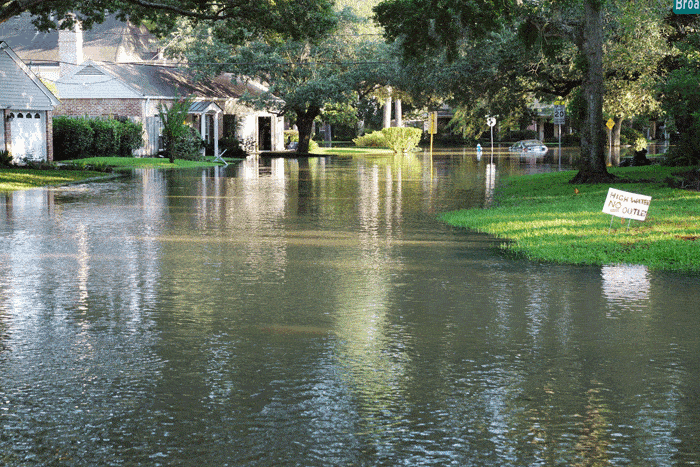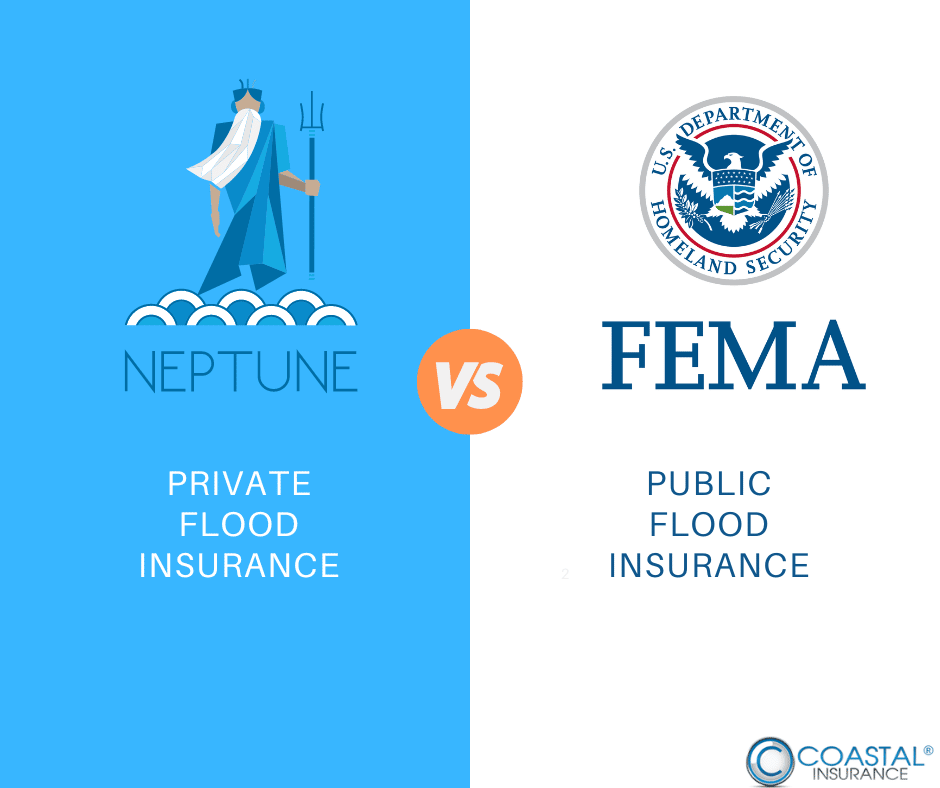The private flood insurance market faced several roadblocks to growth and to servicing a larger number of homeowners, two of which are now lesser obstacles.

Change in acceptance rules for private flood insurance
Federally regulated lenders often favored NFIP policies when a property required flood insurance based on location and flood risk. As part of a federal program, NFIP policies were certain to meet the requirements of federally insured loans. Fannie Mae, for example, accepts flood policies written through NFIP — or an equivalent private policy based on a full review of the policy and assuming the insurer meets additional financial rating criteria. The full review understandably drove much of the retail lending business toward NFIP policies because NFIP policies were guaranteed to be compliant.
A new ruling that went into effect on July 1, 2019, in accordance with the Biggert-Waters Flood Insurance Reform Act promises to remove the first roadblock because it requires lenders to accept private flood insurance policies that meet clearly defined definitions or that contain certain verbiage as a compliance aid.
No further review of a private flood policy’s provisions are required if the flood insurance policy contains the language: “This policy meets the definition of private flood insurance contained in 42 U.S.C. 4012a(b)(7) and the corresponding regulation.”
This change alone helps to streamline the process of underwriting for loans and ensuring compliant flood policy coverage. However, while this specific language can speed the process and is likely to appear in many private flood insurance policies going forward, there are other methods by which a private flood policy can qualify.
These recent rulings by the Board of Governors of the Federal Reserve System, the Federal Deposit Insurance Corporation, the National Credit Union Administration and other government agencies put consumers back in the driver’s seat when purchasing flood insurance to protect their homes and personal property.
Refund now available for qualified NFIP policies
The change in mandatory acceptance rules also pairs well with a recent change in NFIP rules, which allow insured homeowners to request a refund for unearned premiums if they cancel their NFIP policy. In the past, NFIP rules made it costly for consumers who wished to purchase private flood insurance coverage because refunds weren’t available except in limited circumstances. This meant that changing flood insurance providers required precise timing to avoid additional premiums. New rules allow consumers to choose another provider and to cancel their NFIP coverage.
NFIP Reason Code 26 is at the heart of the newfound freedom of choice for homeowners who need flood insurance coverage. Reason Code 26 centers on duplicate coverage, which means you have another policy that covers the same risk. This frees consumers to choose another flood insurance provider, which may provide better coverage, lower premiums, or both. A statement from the lender accepting the new non-NFIP policy as a valid replacement is required to complete the refund if qualified. However, when paired with the new ruling that requires mandatory acceptance of private flood insurance coverage that meets clearly defined conditions, Reason Code 26 paves the way for homeowners to choose their own coverage without penalties.
Choosing the right flood insurance coverage
While still the most common option for flood insurance, NFIP coverage has its limitations. Specifically, coverage limits aren’t sufficient to cover a total loss for many homes, particularly high-value homes. Expect to see growth both in the benefits offered by private flood insurance policies and in the number of companies providing coverage.
Even today, there are some excellent options for private flood insurance coverage available and coverage limits can be adjusted to meet the needs of high-value homes. The combination of the recent change that allows mid-term cancellation of NFIP policies and the new ruling that requires regulated lenders to accept policies that meet clear conditions provide a clear path for homeowners to choose the coverage they need to fully protect their homes.






